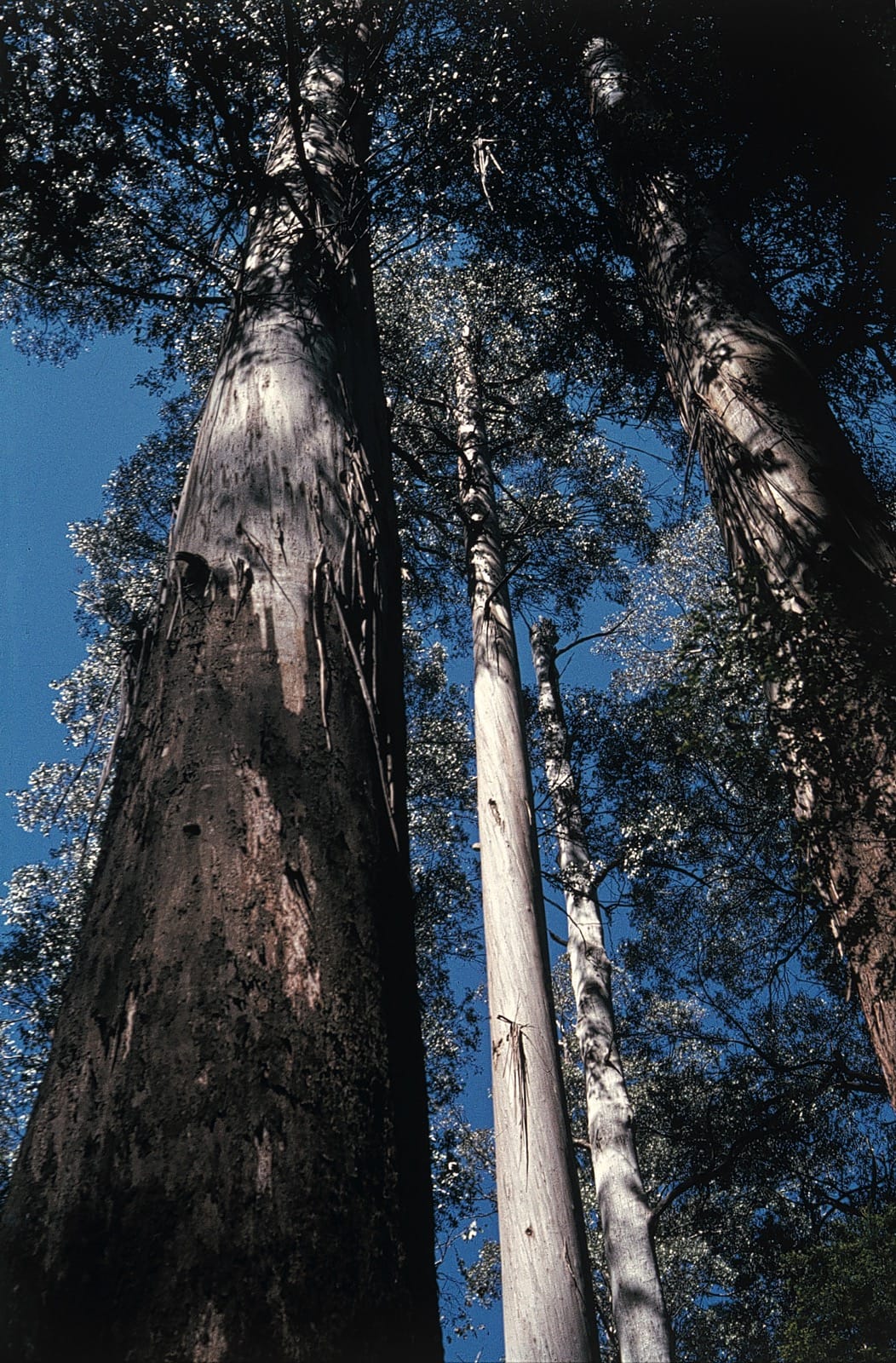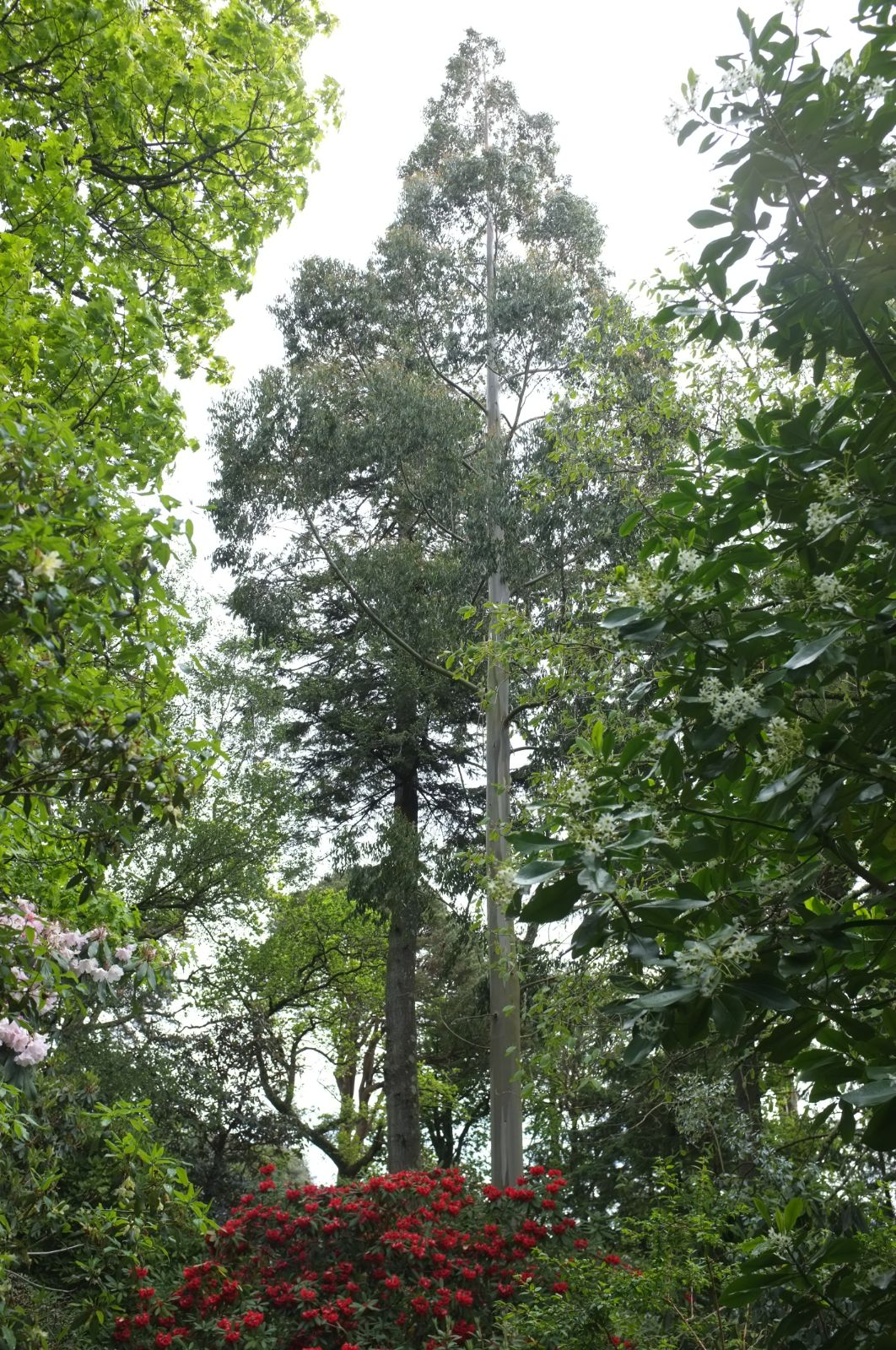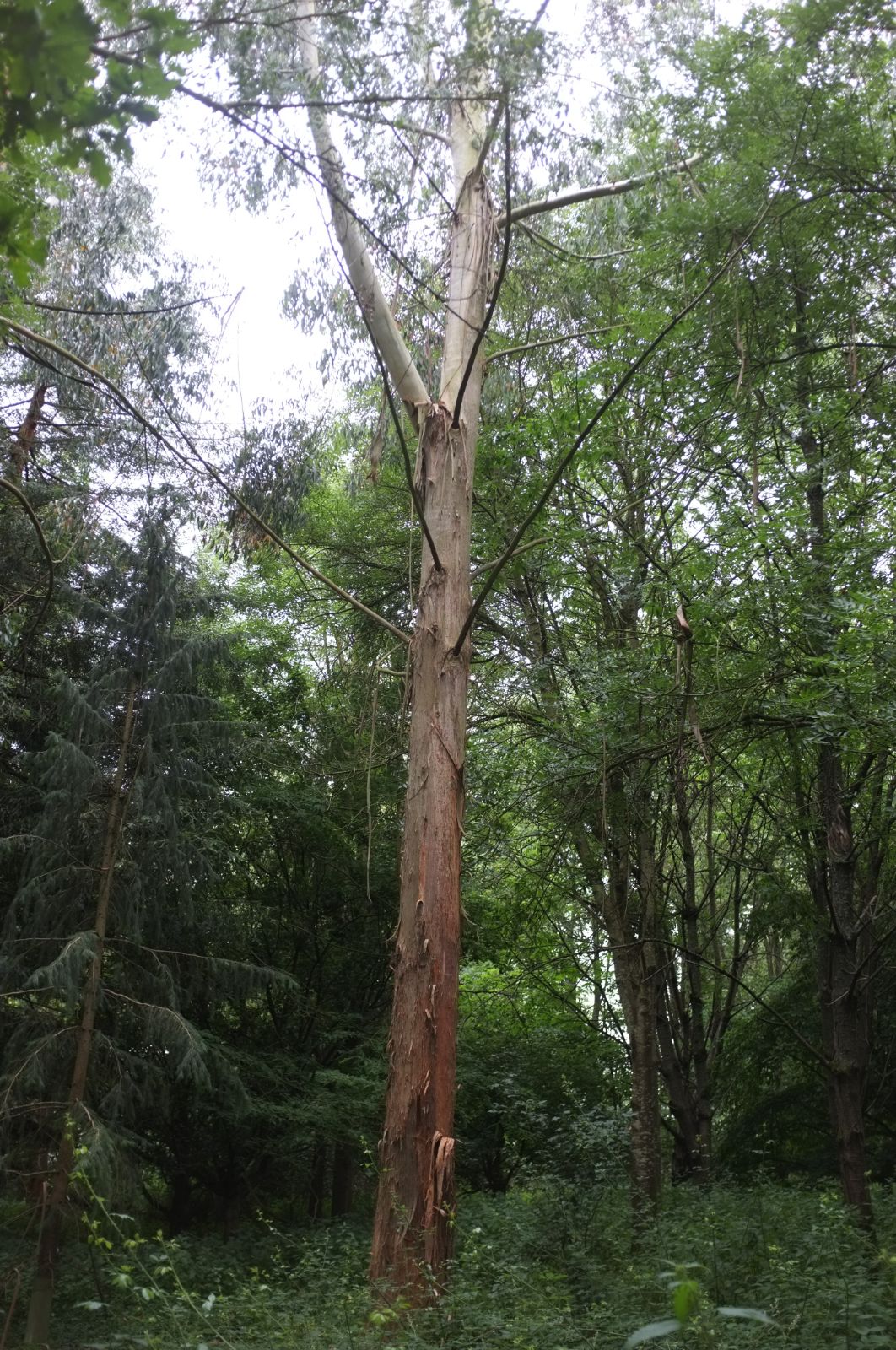Eucalyptus regnans
Credits
Article from New Trees by John Grimshaw & Ross Bayton
Recommended citation
'Eucalyptus regnans' from the website Trees and Shrubs Online (treesandshrubsonline.
Genus
Common Names
- Australian Mountain Ash
- Swamp Gum
Other taxa in genus
- Eucalyptus acaciiformis
- Eucalyptus albida
- Eucalyptus amygdalina
- Eucalyptus archeri
- Eucalyptus blakelyi
- Eucalyptus bridgesiana
- Eucalyptus brookeriana
- Eucalyptus camaldulensis
- Eucalyptus camphora
- Eucalyptus chapmaniana
- Eucalyptus cinerea
- Eucalyptus coccifera
- Eucalyptus cordata
- Eucalyptus crenulata
- Eucalyptus cypellocarpa
- Eucalyptus dalrympleana
- Eucalyptus delegatensis
- Eucalyptus elliptica
- Eucalyptus fastigata
- Eucalyptus fraxinoides
- Eucalyptus globulus
- Eucalyptus gregsoniana
- Eucalyptus gunnii
- Eucalyptus johnstonii
- Eucalyptus kybeanensis
- Eucalyptus lacrimans
- Eucalyptus laophila
- Eucalyptus leucoxylon
- Eucalyptus macarthurii
- Eucalyptus macrorhyncha
- Eucalyptus mannifera
- Eucalyptus melliodora
- Eucalyptus mitchelliana
- Eucalyptus moorei
- Eucalyptus morrisbyi
- Eucalyptus neglecta
- Eucalyptus nicholii
- Eucalyptus nitens
- Eucalyptus nova-anglica
- Eucalyptus obliqua
- Eucalyptus oreades
- Eucalyptus ovata
- Eucalyptus parvula
- Eucalyptus pauciflora
- Eucalyptus praecox
- Eucalyptus radiata
- Eucalyptus remota
- Eucalyptus risdonii
- Eucalyptus rodwayi
- Eucalyptus rubida
- Eucalyptus saligna
- Eucalyptus sideroxylon
- Eucalyptus stellulata
- Eucalyptus subcrenulata
- Eucalyptus tenuiramis
- Eucalyptus urnigera
- Eucalyptus viminalis
Tree to 55–75(–100) m (specimens taller still have been recorded); 2.5 m dbh. Bark rough and fibrous on the lower trunk; smooth and white or greyish green above, shedding in long ribbons. Branchlets greenish red. Juvenile leaves alternate, petiolate, and ovate to broadly lanceolate. Adult leaves green, 9–14 × 1.6–2.7 cm, lanceolate to broadly lanceolate, falcate, lateral veins distinct, margins entire, apex acuminate; petiole channelled, 1.2–2.2 cm long. Inflorescences axillary and paired; umbellasters with 9–15 flowers. Flower buds club-shaped; hypanthium 0.3–0.4 cm wide; stamens white or cream. Capsule conical or pear-shaped, 0.4–0.7 cm diameter; valves three, flush or partially excluded. Boland et al. 1984, Chippendale 1988. Distribution AUSTRALIA: Tasmania (Huon and Derwent River valleys), Victoria (southeast). Habitat Tall, open forest, between 150 and 1100 m asl. USDA Hardiness Zone 8. Conservation status Not evaluated. Illustration NT357.
Once upon a time, but long ago, specimens of Eucalyptus regnans were the world’s tallest trees, including well-attested individuals over 130 m and claims of some trees over 150 m (Mabberley 1997a). Unfortunately most of these giants were destroyed as settlers cleared forest for farmland, and destruction by logging continues apace, but some giant trees still survive, including specimens of over 90 m in both Victoria and Tasmania. The current champion is 99 m in Tasmania (Tallest Trees 2006). For comparison, the champion Sequoia sempervirens, the Hyperion tree, discovered in 2006 in Redwood National Park, California is 115 m tall (Wikipedia 2008c).
The adventurous and/or megalomaniac in our area may thus enjoy the chance to grow E. regnans that the current mild climate affords. So far even the impressive 39 m tree at Mount Stewart, Co. Down, recorded in 1991 by Alan Mitchell (TROBI), has been somewhat short of the mark (that specimen has now gone) – but it is clear that in favourable conditions in the wetter, milder parts of the British Isles it can become a very good tree indeed. A fine specimen of Victorian origin at Logan, planted in 1990, was 15–20 m tall (dbh 34 cm) when observed in 2006, and growing vigorously. Eucalyptus regnans is considered by the Gum Group (2007) to be slower than E. nitens for the first 20 years, but thereafter to grow faster. In Oxfordshire it has grown to 12 m in four years, whereas E. nitens has achieved 16 m in the same time (S. Verge, pers. comm. 2007). It has survived there undamaged at the minimum recorded temperature (–7 ºC) during this period, and is certainly hardier than E. globulus in central England (Gum Group 2007). Provenance is important for hardiness, however, and seedlings from parents of unselected origin growing in California have not been successful in Oregon (S. Hogan, pers. comm. 2007).



